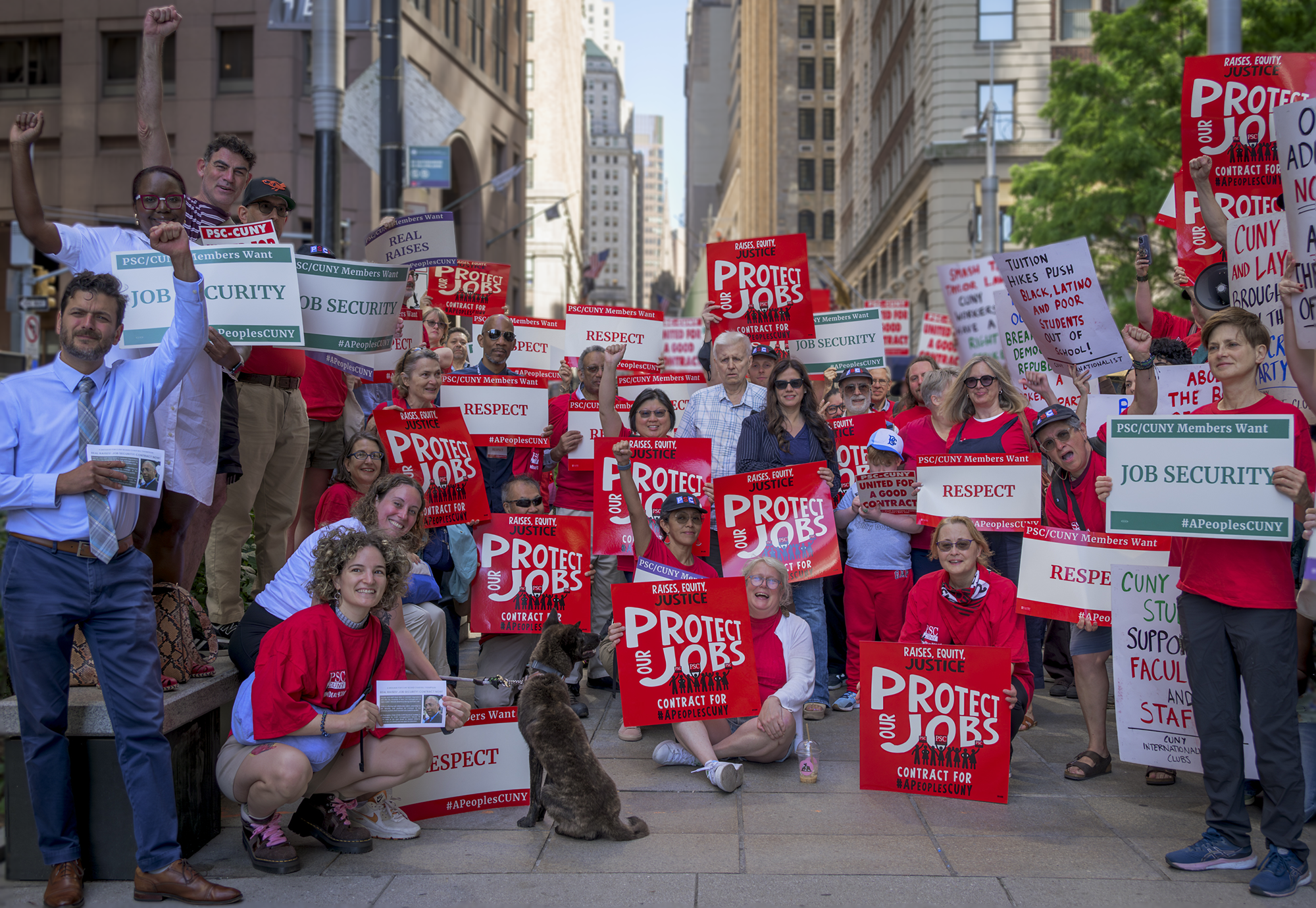The lack of an indictment in Eric Garner’s homicide has spurred demands for change in American criminal justice.
Many suggestions are motivated by demands for accountability of Police Officer Daniel Pantaleo and some measure of justice for Eric Garner and his family. These calls urge the federal government to pursue a civil rights investigation.
Others, in particular elected officials, propose new laws for when a police officer causes a civilian’s death. These statutory proposals run the gamut from making chokeholds illegal, requiring an independent special prosecutor, making grand jury proceedings transparent, or abolishing the grand jury.
There is also a compelling voice urging that this is a moment to widen the lens beyond the police, or even beyond criminal justice, and confront the full picture of racism that permeates American society.
But running through all the demands and proposals is the question of how the police police. As the words and actions of protestors grow louder and clearer, it becomes apparent that the issues run deeper than one particular Grand Jury, one specific prosecutor, or even one particular police officer. Ultimately, the protests are about the NYPD and its aggressive hyper-policing of communities of color.
While Governor Cuomo speaks of the “perception” of many people that the criminal justice system is not colorblind, the data reveals that perception is reality. In the federal litigation growing out of stops-and-frisks, a federal judge found systemic violations of the constitution’s revered equal protection clause – the NYPD was illegally stopping a disproportionate number of people of color. That same racial disparity appears with arrests and summonses stemming from the “broken windows” tactic that motivates the NYPD.
So, what now? When one examines policing in New York City to determine how we got to this place of anger and distrust, one criminal-justice culprit is the police commissioner’s signature tactic – “broken windows” policing, an approach derived from a magazine article published in 1982.
As conceived over 30 years ago, the broken windows theory did not call for massive numbers of arrests for minor behavior. That variation on the broken windows theme, known nowadays as “zero tolerance,” is an NYPD creation. Police officers working in communities of color were encouraged to maintain order by making lots of arrests and came to understand that they would be evaluated accordingly. As a result, throngs of African Americans and Latinos are arrested for things like taking up two seats on the subway, riding a bike on the sidewalk or talking with friends on a street corner.
While zero tolerance policy did not directly cause Eric Garner’s death, it certainly set the stage. Dispatching 34,000 police officers with the daily mandate to “maintain order” increases dramatically the number of police-citizen interactions. That, in turn, increases dramatically the likelihood that something will go horribly, tragically, wrong.
Mayor de Blasio was elected on an avowed progressive agenda. He has promoted reforms in education, housing and immigration. In each case, the mayor looked forward to new ideas and approaches. And yet on criminal justice, he is tethered to the commissioner and wedded to the past.
Now the mayor and commissioner promise change. The entire police force will receive retraining and a number of police officers will use body-worn cameras. However, these initiatives will be of little practical value if the officers are still expected to make countless arrests and issue infinite summonses in black and Latino communities for minor crimes, offenses and completely innocuous behavior. It is not simply a matter of training or filming – it is the overarching policing strategy that must change.
New York City is a different place from when broken windows was adopted as the primary law enforcement strategy in 1994. Can it really be the case that it remains the best way to police? Eric Garner’s death, and the public outcry that has followed, certainly suggests otherwise.
So, what now? Hopefully, a 21st century approach to policing.
________________________________
Steven Zeidman is a professor and director of the Criminal Defense Clinic at the CUNY School of Law. He was appointed by District Court Judge Shira Scheindlin to an Advisory Council to help implement her order in the Floyd v. City of New York stop-and-frisk litigation. Zeidman served as a member of the Mayor’s Advisory Committee for the Judiciary from 1996-1999 and 2008-2010.
______________________________
RELATED COVERAGE:

